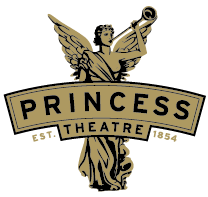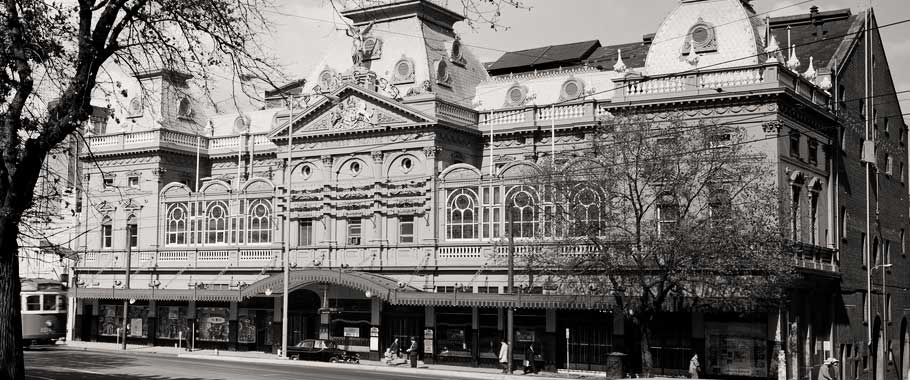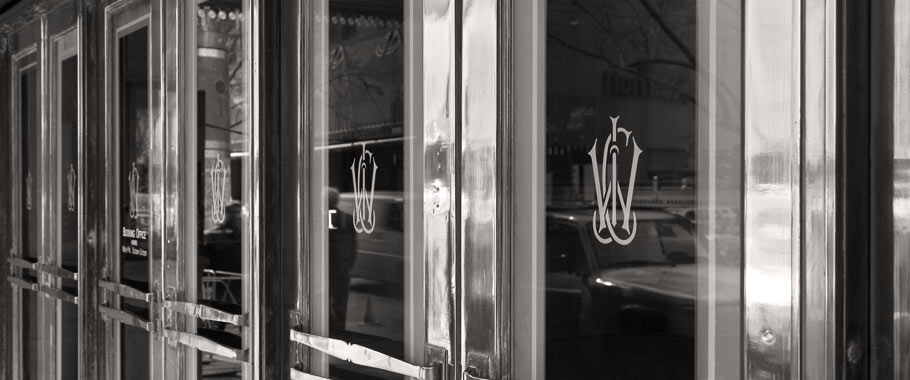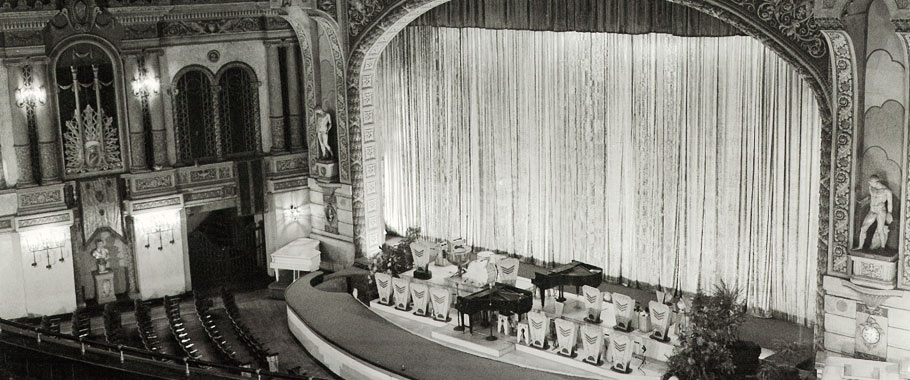Theatre Venues - History
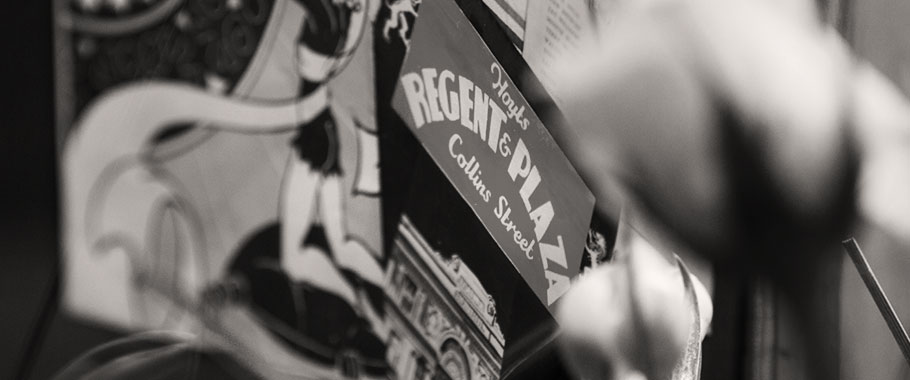
Regent Theatre
191 Collins Street
Melbourne, 3000

Regent Theatre LINKS
Regent Theatre current informationThe lavish opulence of the Regent Theatre is a product of the glorious fantasy and escapism of Hollywood, right in the heart of Melbourne. Originally a ‘picture palace’, the Regent is now one of Melbourne’s premier live performance venues.
The theatrical and cinema entrepreneur, Francis W Thring, was responsible for the Regent Theatre as the flagship of his Regent cinema franchise (later sold to Hoyts), and it was built under his personal supervision. It was constructed in a race against the Union Theatre’s Forum Theatre, in order to be the first and most extravagant picture palace in Melbourne.
The Regent opened on 15 March 1929, a month after the Forum. Affectionately known as ‘The Palace for the People’, the Rococo interior was inspired by the New York Capitol Theatre, which had been completed in 1913 and was, at the time, considered to be the most lavish theatre in the world.
The complex consisted of two venues: the 3,500 seat Regent Theatre, designed for entertainment, in which live stage, orchestra and Wurlitzer Organ performances were of equal importance to silent films. Downstairs, the Plaza was originally intended as a ballroom, with its side promenades for dining and a large central dance floor. Considering the difficulty of obtaining a liquor licence and the advent of ‘talkies’, it was decided to convert the Plaza to a cinema, creating the first duplex cinema in Australia.
The Regent went on to become the Australian showcase for the major American studios, premiering films such as A Star Is Born, There’s No Business Like Show Business, Gentlemen Prefer Blondes, The King And I, and many more.
In 1945, the Regent suffered a devastating fire, which almost completely destroyed the auditorium, leaving only the foyers and the Plaza intact. The Lord Mayor at the time promised Melburnians that the Regent would be rebuilt, despite the scarcity of building materials brought on by World War II.
Two and a half years later, on 19 December 1949, the Regent reopened. The original architecture had been painstakingly re-created using the original moulds, the massive sixty-foot dome and its surrounding smaller domes were resplendent with beautiful new chandeliers, and it even featured a new organ.
A pacesetter in entertainment technology, the Regent presented the first Cinemascope film in 1953, for which a giant curved screen – over fifteen meters wide – was installed over the orchestra pit. The Plaza was also quickly equipped for Cinemascope, although in 1958, it became one of the few cinemas outside North America to use the even more sensational Cinerama process, involving a giant curved screen and three-projection presentation.
The introduction of television struck the death knell for the two enormous cinemas. After years of dwindling audiences, the curtain came down for the last time on 1 July 1970 and the Regent Theatre closed its doors.
Following its closure, successive governments sought to demolish the Regent, as part of a ‘City Square’ development. Due to the uncertainty around the site, a ‘Save the Regent’ campaign was launched by the community, and submitted a petition of 1800 names to the Melbourne City Council in 1975 to protect the building. Despite an initial refusal by the National Trust, the Regent was classified in 1979.
In 1977, Victorian Premier Rupert Hamer’s intervention to declare it a ‘landmark’ saw more than 15 different proposals for redevelopment, including a boutique hotel, casino, and even a car park, though all failed to materialise.
It wasn’t until 1990 that David Marriner approached the Melbourne City Council with plans to refurbish and redevelop the complex back to its former glory. After years of negotiation, the restoration commenced in 1993 and took three years of meticulous craftsmanship to bring the Regent back to its former breathtaking glory.
The Plaza Ballroom was also restored for its original intended purpose, and is one of Melbourne’s most unique and flexible venues, hosting galas, dinners, fashion shows and film screenings.
After lying derelict for 26 years, The Regent once again came alive, with a gala reopening on 17 August 1996. Andrew Lloyd Webber’s Sunset Boulevard was the first musical production to grace the new stage, premiering on 26 October 1996.
The Regent has since been the home of some of Melbourne’s biggest shows: Fiddler on the Roof starring Topol, Singin’ In The Rain, Oliver!, We Will Rock You, The Lion King, WICKED, and Andrew Lloyd Webber’s Love Never Dies.


